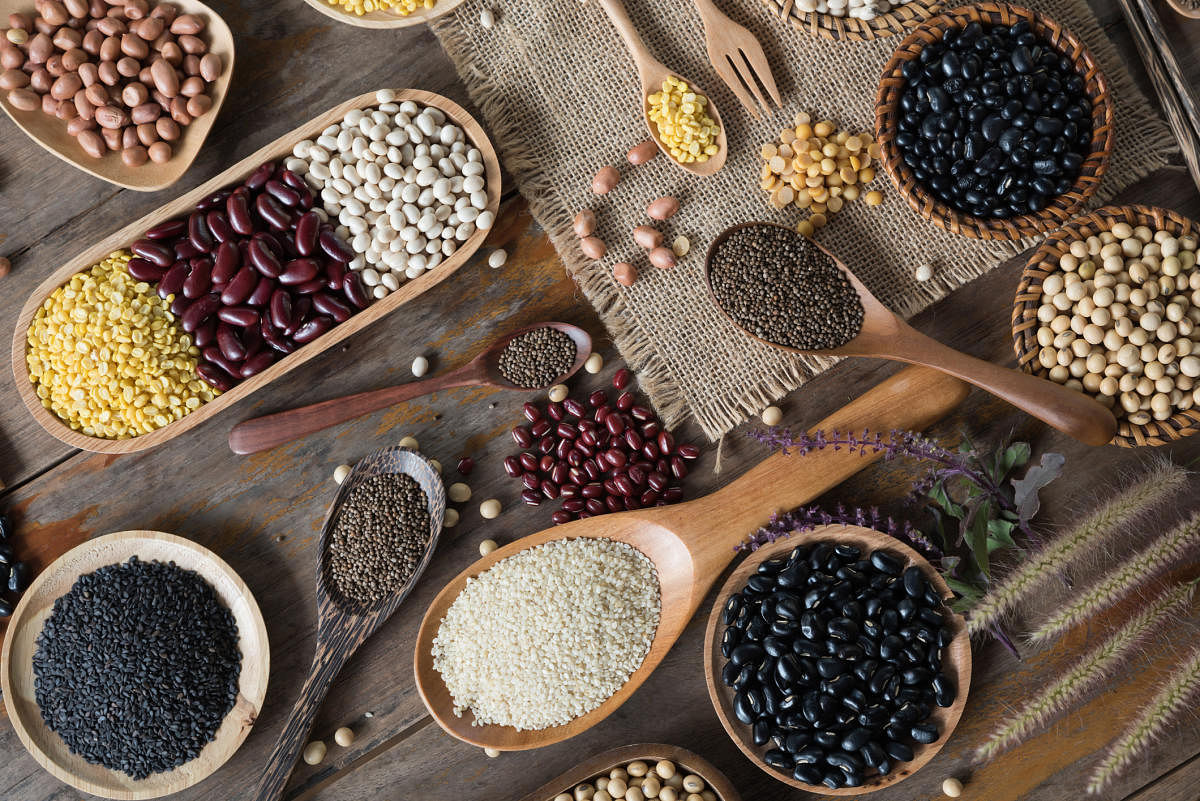
As the European Union sealed its borders in a desperate attempt to put the brakes on the ferocious spread of the coronavirus pandemic, a young Indian student returning from Italy recounted how the battle for a loaf of bread has intensified in a country which is perhaps the worst hit by the spread of the deadly virus. An Indian NRI couple returning to America a few days ago, after spending two months on holiday in India, were shocked to find that the price of wheat atta they usually would buy for $10 a bag had now skyrocketed to $90.
As hordes of worried shoppers have been stockpiling supplies of food, toilet paper and other groceries day after day amidst the coronavirus scare in America, US President Donald Trump had to step in to assure people that there is no shortage of food supplies and urged them to resist panic-buying.
In India, as the Supreme Court directs all states to ensure that the disbursement of nutritional food to children and lactating mothers is not affected as a result of the closure of schools, Kerala has launched a programme for delivering mid-day rations to schoolchildren at their homes. Meanwhile, reports of consumers stocking food and other essential items in panic have poured in from across the country. With Punjab closing down the weekly vegetable market called Apni Mandi, and with some experts saying that community transmission of coronavirus is imminent, which means that self-quarantining will become the norm in the days to come, the scramble for buying and storing essential food commodities has only heightened. My own neighbours have already stocked their monthly household requirement of wheat atta, rice, sugar, edible oil, onion and potato.
Although there is no shortage of food globally as well as nationally, panic-buying of food items at a time of crisis is nothing unusual. As far as wheat, rice, sugar and pulses are concerned, there are enough stocks available within the country. In fact, for wheat and rice, the godowns are already overflowing with the surplus over the required emergency buffer being several times more. Against the requirement of 214 lakh tonnes of wheat and rice at the beginning of the year on January 1, 2020, the Food Corporation of India (FCI) had 565.11 lakh tonnes, which means roughly two-and-a-half times more than the essential requirement for public distribution. With the new wheat arrivals expected from the first week of April, India has certainly nothing to worry on the foodgrain front.
In addition, India already has a buffer stock of 30 lakh tonnes of sugar, which the government is planning to raise to 40 lakh tonnes this fiscal. In the cases of pulses, the Ministry of Food and Consumer Affairs has been trying since December to offload 8.47 lakh tonnes from its buffer stock of pulses.
The abundance of food stocks within the country at a time when national borders are closing for movement of people and which is also expected to hit international trade is certainly cause for a big sigh of relief. This reminds me of the global food crisis in 2007, when food prices had soared globally and food riots had erupted in 37 countries, including countries like Egypt. While people went hungry, food companies had raked in huge profits, with the food commodity prices soaring in the Chicago Mercantile Exchange, the world’s biggest commodity trading market. The UN Human Rights Council had attributed commodity futures trading to be the primary reason behind the global food crisis. Nearly 75% of the blame for the unprecedented rise in food prices was directly linked to the exploitative commodity prices that prevailed.
India had escaped the global food crisis primarily because it had enough food stocks and also it had not linked its agriculture to the international futures market.
With public memory being short, the coronavirus pandemic has perhaps come knocking at the right time. For the past several years, mainline economists and policymakers have been seeking the reversal of the food procurement system that is primarily responsible for building the food reserves so essential for ensuring household food security. With all eyes on dismantling the network of regulated mandis under the Agricultural Produce Market Committee (APMC) Act, the government is keen to gradually withdraw from the open-ended procurement of wheat and rice. The Prime Minister’s Office has already written a letter to the Punjab government asking why the open-ended procurement, under which whatever quantity of wheat and rice farmers bring to the mandis the government is under obligation to procure at the Minimum Support Price (MSP), has not been curtailed.
The basic objective being to liberalise the agricultural markets which, in turn, means not learning enough from what led to the 2007 global food crisis. Any tinkering with the food procurement system built so assiduously over the years is certainly fraught with unforeseen dangers. More so in a country which has the worst child mortality rate in the world, with over 8.8 lakh children succumbing to malnutrition and related ailments every year. Termed by the UNICEF as the burden of death, it clearly shows that the problem is not with surplus food the country has but with its (mis)management. More so, at a time when the country also ranks 102 among 117 countries on the Global Hunger Index.
Therefore, the policymakers need to remind themselves again and again of what Dr MS Swaminathan once said: “The future belongs to nations with grains and not guns.” India cannot afford to go back to the days of ‘ship-to-mouth’ existence when food would come directly from the ships to feed the hungry.
(The writer is an agricultural economist)